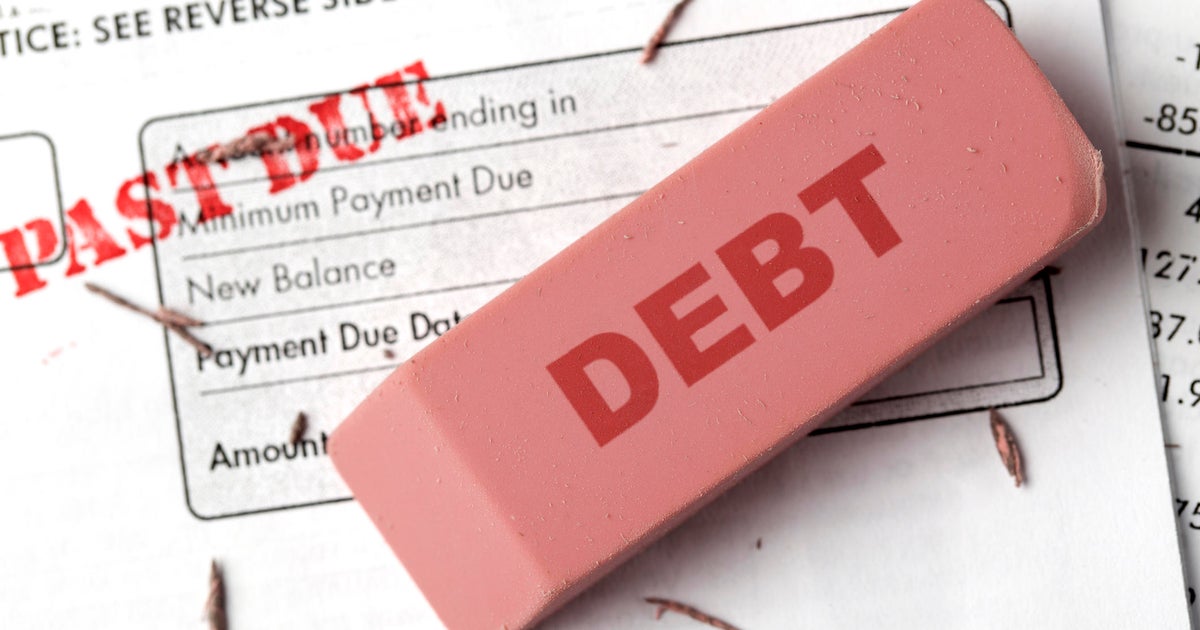Low-wage workers are getting bigger raises than bosses
- The 25% lowest-paid Americans enjoyed a 4.5% income boost in November.
- That outpaced a 2.9% gain in earnings for the country's highest-paid workers.
- Low-wage workers are benefiting from higher minimum wages and corporations that are increasing entry-level pay.
The country's lowest-paid workers are enjoying bigger income gains than managers and other top-earning professionals, according to new economic data from the Federal Reserve Bank of Atlanta.
In November, median wage growth for the bottom 25% of workers reached 4.5% for the 12-month peiod, outpacing a 2.9% gain in median earnings for the top 25% of income earners. Rather than a short-term blip, it's a trend that has accelerated since 2014, when the lowest-earning workers began to outperform top wage earners.
To some extent, the boost is making up for lost ground. Following the recession, wages for low-wage earners suffered due to rising unemployment and a glut of workers pushed to the sidelines. With unemployment at a 50-year low and the minimum wage rising in states and cities across the country, employers are now opening their wallets to attract low-wage employees.
"The challenge of filling jobs requiring few skills is something we have been hearing about a lot recently from the businesses we talk to," wrote John Robertson, a senior policy adviser in the Atlanta Fed's research department, in a blog post about the data.
Robertson added, "However, several state and local governments have increased the minimum wage in recent years, which would also push up the relative pay for those in the lowest-paid jobs."
Low-wage workers
That's good news for the 53 million Americans who work in low-wage jobs, who represent about 44% of the country's adult, working-age population, according to a study earlier this month from the Brookings Institution. Their median wage is $10.22 per hour, or about $18,000 annually. That's above the federal minimum wage of $7.25 an hour but well below what's considered the living wage for many regions.
State and local governments across the country are enacting new minimum wage laws, with about half of U.S. states set to boost their baseline wages in 2020.
Starting on or about January 1, the minimum wage will increase in 21 states, while another 26 cities and counties also boosting their baseline pay at year-start. Later in the year, an additional 4 states and 23 cities and counties will hike their minimum wages.
But even workers in states that haven't yet boosted their minimum wages are benefiting from pay gains, the Federal Reserve Bank of Atlanta found. That suggests "the increased tightness of labor markets, or some other factor than hikes in state minimum wages, is playing a role in pushing up the pay for those in lower-wage jobs," Robertson noted.
That could be due to corporations like Walmart and McDonald's voluntarily boosting their wages, which in turns makes it more competitive for other employers to attract workers.
That's not to say that low-paid workers have it easy. According to the Tax Policy Center, the bottom 20% of households are earning typical annual income of about $13,300. By comparison, the top 20% of U.S. households earn about $221,000 annually, or nearly 17 times more than the lowest quintile.




